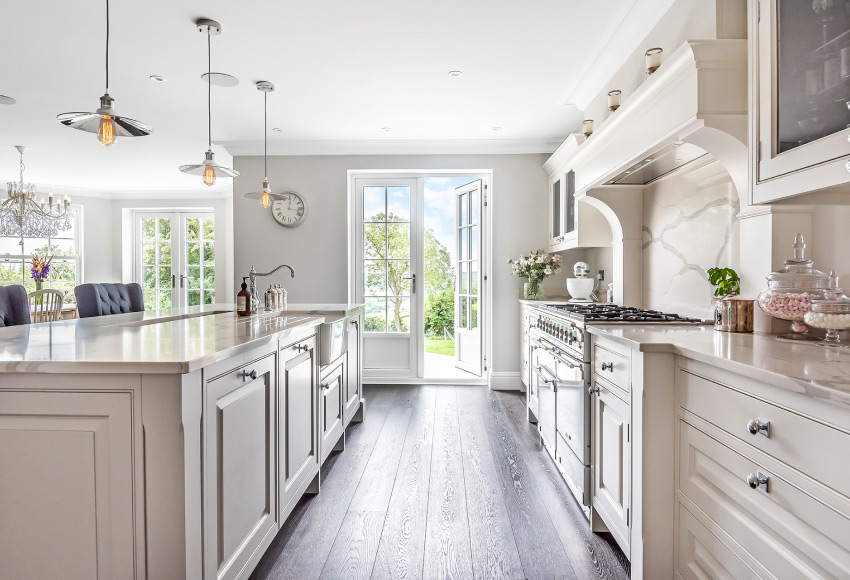Introduction to Balcony Gardening
Balcony gardens can transform tiny spaces into lush, vibrant sanctuaries that not only enhance the aesthetic appeal of your home but also provide a personal connection with nature. Ideal for city dwellers or anyone with limited outdoor space, creating a beautiful balcony garden involves a blend of creativity, planning, and a touch of green thumb magic. Here's a comprehensive guide on how to create your own slice of paradise on your balcony.
1. Assessing Your Space
Before you start planting, evaluate your balcony:
- Size: Measure the dimensions to understand how much space you have for pots, plants, and perhaps seating.
- Light: Observe sun exposure throughout the day. Is it full sun, partial shade, or mostly shaded? This will dictate what plants will thrive.
- Wind: Balconies can be surprisingly windy. Consider protective measures like windscreens if needed.
- Weight Capacity: Check structural support. Containers can be heavy; ensuring your balcony can handle the load is crucial for safety.
2. Planning Your Garden
Think about what you want from your garden:
- Theme: Mediterranean, tropical, modern, or perhaps an edible garden?
- Function: Will it be solely for aesthetics, also for growing edibles, or a bit of both?
- Space Management: Vertical gardens, hanging baskets, and shelving can maximize space.
3. Choosing the Right Containers
Containers are not just functional; they are part of the design:
- Types: Look for pots with adequate drainage holes. Self-watering containers can be useful for those with less time.
- Materials: Plastic, ceramic, wood, or metal? Ceramic retains heat, which might be beneficial in cooler climates.
- Size: Bigger isn't always better; choose according to the plant's needs and space constraints.
4. Selecting Plants
Match your plants to your environment:
- Light Requirements:
- Sun-lovers include petunias, geraniums, and many herbs like basil.
- Shade-tolerant plants like ferns, ivy, and some begonias will do well if your balcony lacks direct sunlight.
- Climate: Understand your local climate zone to pick plants that will survive your weather conditions.
- Annuals vs. Perennials: Annuals provide instant color but need replanting each year, while perennials return yearly.
- Edible Plants: Tomatoes, lettuce, peppers, and strawberries can be very rewarding.
5. Soil and Planting
Soil quality is vital:
- Use a high-quality potting mix which typically includes peat moss, vermiculite, and compost for nutrition and aeration.
- Consider adding slow-release fertilizers or organic materials like composted manure for a nutrient boost.
6. Watering and Maintenance
Creating a maintenance routine:
- Watering: Frequency depends on plant type, container size, and weather. Check soil moisture often; the top inch or two should dry out between watering to prevent root rot.
- Pest Control: Opt for natural methods like neem oil or insecticidal soaps to keep insects at bay.
- Pruning and Deadheading: Regularly remove dead flowers to encourage more blooms and keep plants healthy.
7. Making It Beautifully Functional
Beyond plants:
- Decor: Add personal touches with garden statues, wind chimes, or artistic trellises.
- Lighting: Solar lights, string lights, or LED lanterns can extend the usability into the evening.
- Furniture: Select space-saving furniture like folding chairs or benches with storage.
8. Seasonal Adjustments and Perennial Care
Bringing your garden through the seasons:
- Winterization: For cold climates, consider protecting or bringing in sensitive plants, or grow perennials that go dormant in winter.
- Refreshing for Spring: Out with the old, in with the new. Annuals can be replaced, and perennials revived with fresh soil and pruning.
9. Engaging with Your Community
Balcony gardening can be a communal activity:
- Swap plants or cuttings with neighbors.
- Join online or local gardening groups for tips and inspiration.
Conclusion
Creating a balcony garden is an enriching process that brings nature closer, no matter how small your outdoor space might be. With thoughtful planning, choosing the right plants, maintaining them properly, and adding personal touches, your balcony can become a green oasis that not only beautifies your home but also rejuvenates your soul. Dive into the world of balcony gardening, and let it become a journey of growth, beauty, and serenity.


